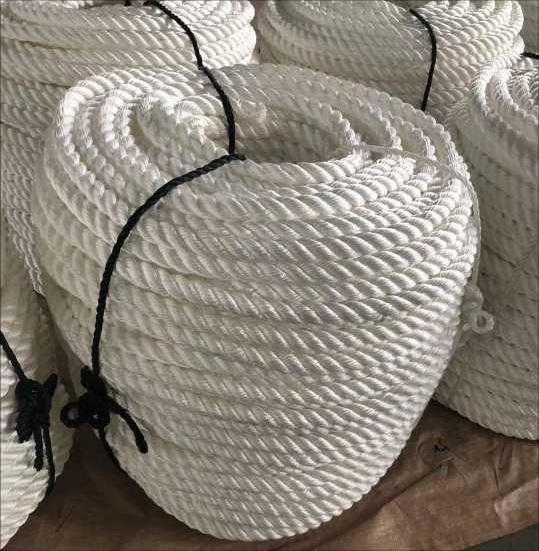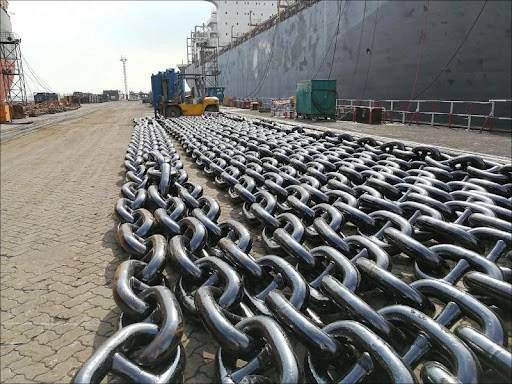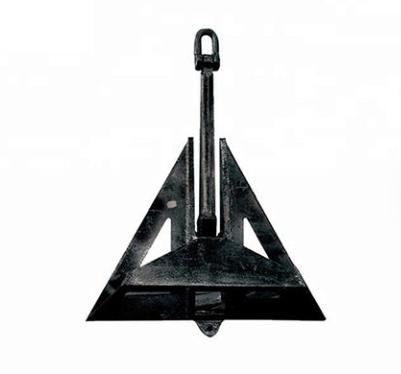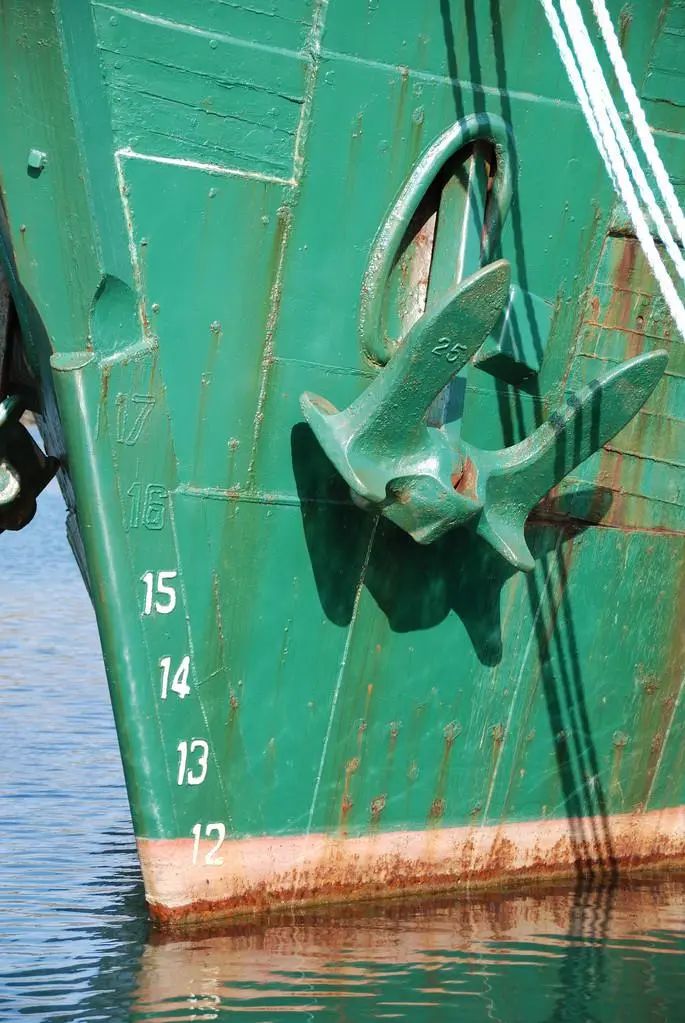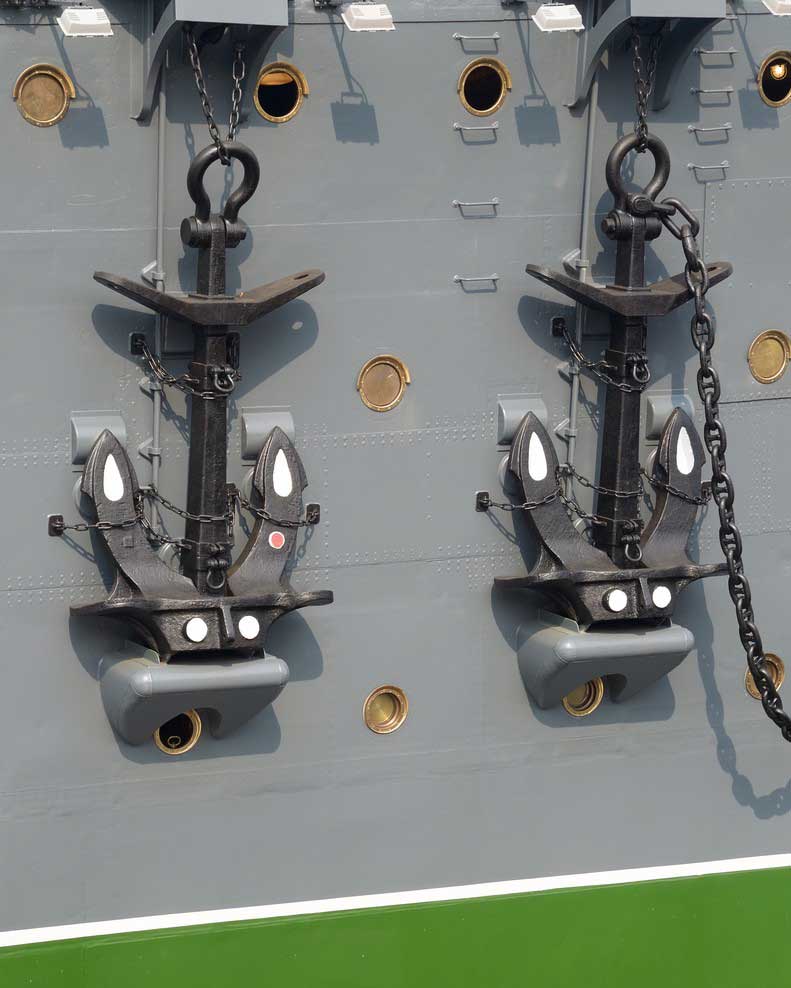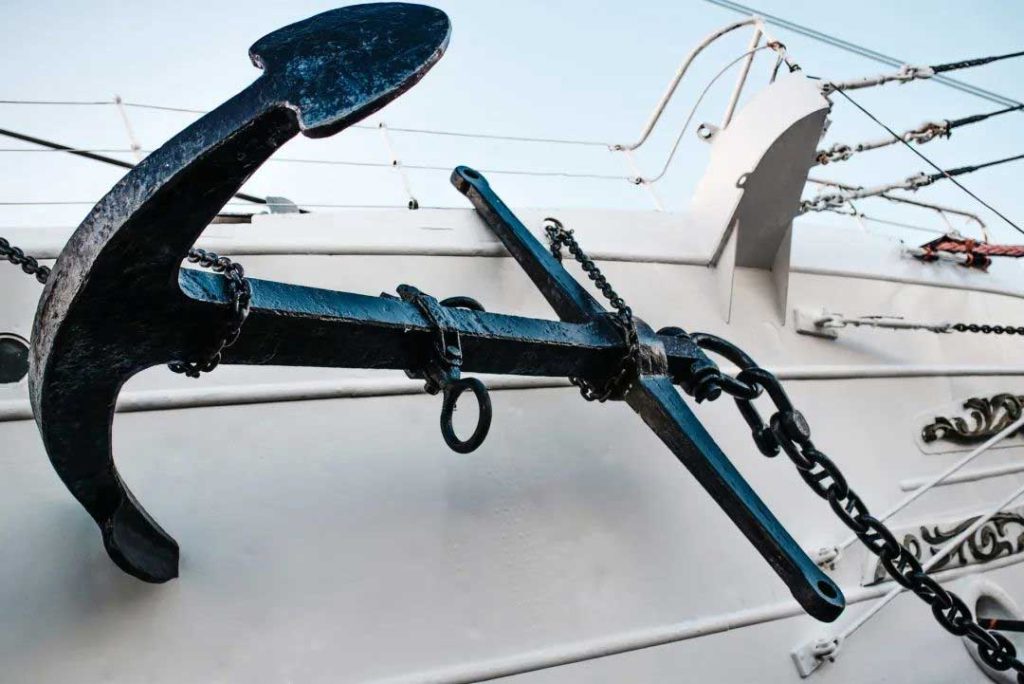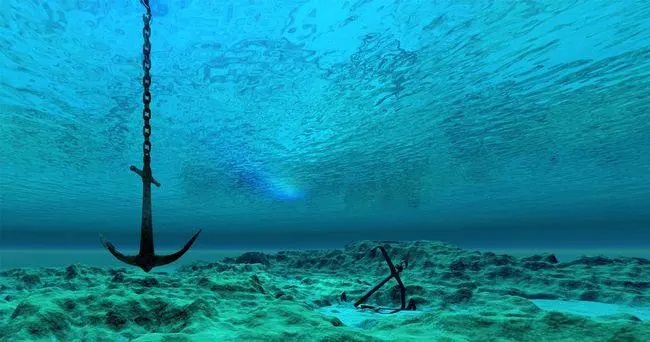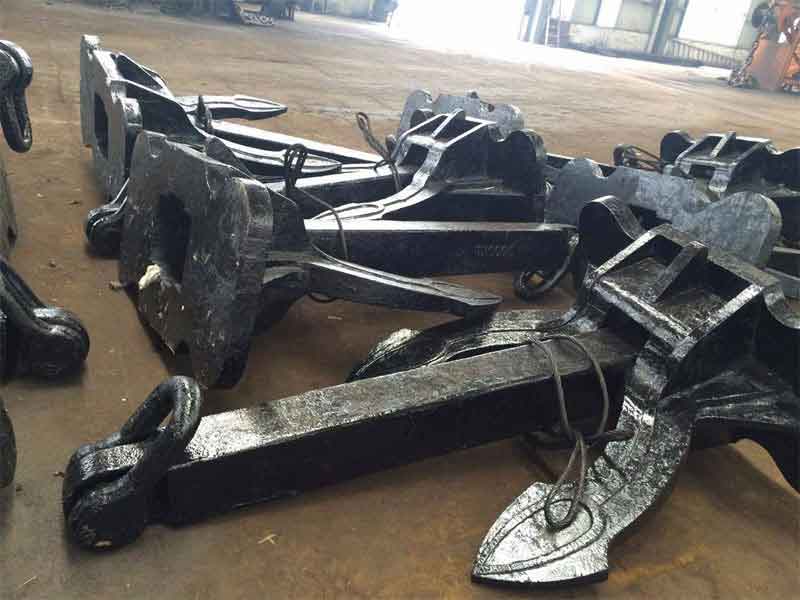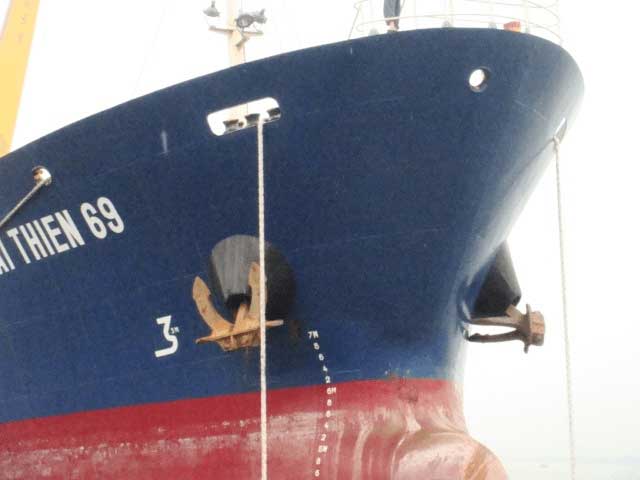Contents
For any sailor, the anchor is a lifeline, securing your vessel against wind, waves, and the relentless tug of the current. But not all anchors are created equal. Traditional anchors, while familiar, can become frustrating exercises in drag and worry, especially in challenging conditions. Enter the hero of the modern seascape: the High Holding Power (HHP) anchor.
HHP Anchor – High Holding Power Anchor is a marine anchor that holds at least twice that of a standard stockless anchor of the same mass. They burrow deep into the seabed, whether sand, mud, or weed, and hold fast, giving you the peace of mind to relax and enjoy the journey. But with a variety of designs and options, choosing the right HHP anchor can feel like navigating a nautical maze. Fear not, intrepid boater! This guide will be your compass, leading you through the crucial considerations for selecting the HHP anchor that will turn your anchoring experience from anxiety to confidence.
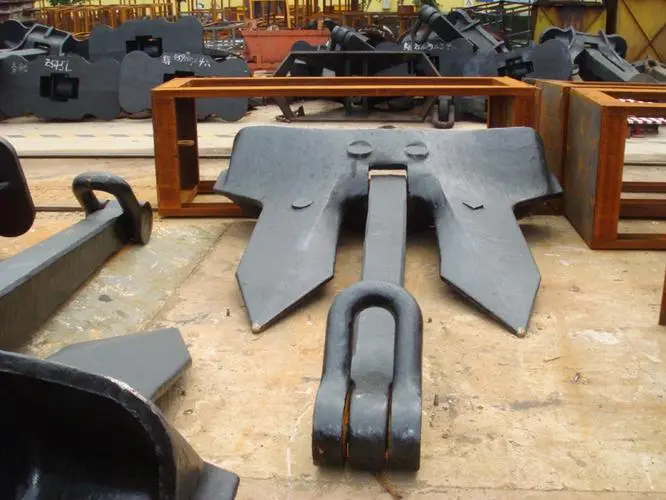
What are the factors that affect an HHP anchor’s holding power?
HHP anchors are the undisputed champions of the seabed, but what exactly gives them their legendary holding power? It’s a symphony of science and design, where every element plays a crucial role in keeping your boat securely moored. Let’s dive into the key factors that make these anchors bite like sharks and hold fast like champions:
1. Fluke Size and Shape:
Imagine the flukes as the anchor’s teeth, digging deep into the seabed. HHP anchors boast wider, sharper flukes designed to penetrate and grip like claws. Think of a wide, shovel-like fluke for sand, while a pointed design dominates mud and weed. Each shape excels in different terrains, so knowing your cruising grounds is crucial!
2. Shank Angle:
Strength flows through the anchor’s backbone, the sturdy, angled shank. It transmits the holding force from the seabed to the boat, ensuring the flukes stay buried even under strong pull. A well-designed shank acts as a lever, maximizing the anchor’s grip.
3. Material Composition:
Don’t settle for flimsy! HHP anchors are typically forged from high-grade steel, chosen for its incredible strength and resistance to corrosion. Imagine these anchors as hardened warriors, battling the elements and staying sharp year after year.
4. Seabed type:
No two seabeds are alike! Understanding the bottom you’ll be anchoring in is like whispering the password to the seabed’s trust. Sand needs wide, flat flukes, while mud demands a pointed warrior. Knowing your terrain lets you choose the perfect HHP anchor to become one with the bottom.
5. Testing and Trust:
Don’t rely on hearsay! Look for anchors with independent testing and certifications by bodies like Lloyd’s Register. These rigorous tests verify the anchor’s holding power under controlled conditions, giving you the peace of mind that your anchor won’t let you down when it matters most.
HHP anchor performance is a team effort. By understanding and prioritizing these factors, you can choose the anchor that will turn your next voyage into a masterpiece of secure serenity.
Types of HHP Anchors
| Anchor Type | Photos | Design and Features | Ideal Use Cases |
| Danforth Anchor | 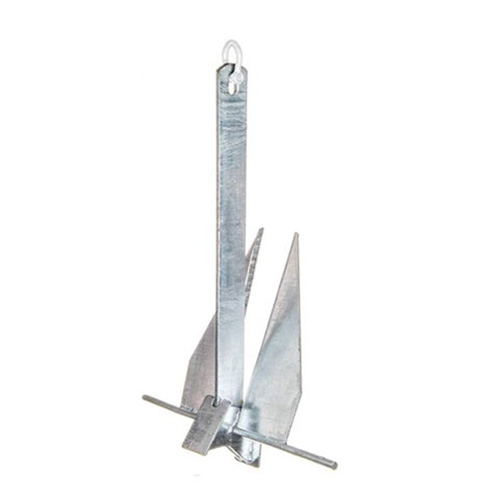 | – Characterized by multiple flukes resembling an inverted Y shape. – Includes a hinged stock for seabed orientation adjustment. | – Well-suited for sandy or soft mud bottoms due to multiple flukes. – Quick and reliable setting in various seabed conditions. |
| Plow Anchor | 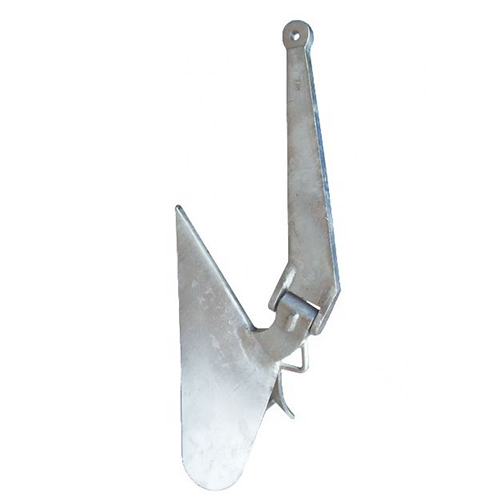 | -Plow-like shape with a single fluke, resembling an agriculture plow. -Effective penetration and versatile holding power. | – Effective in grass, mud, or sandy bottoms, providing secure holding. – Versatile anchor suitable for various types of seabeds. |
| Claw Anchor | 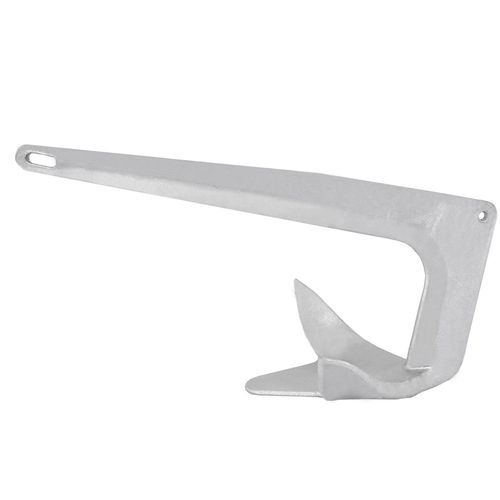 | – Distinctive claw-like shape with a single shank. – Known for quick and secure setting on the seabed. | – Suitable for soft mud or sandy bottoms, offering a fast and reliable hold. – Provides stability and security in different maritime conditions. |
| AC-14 Anchor | 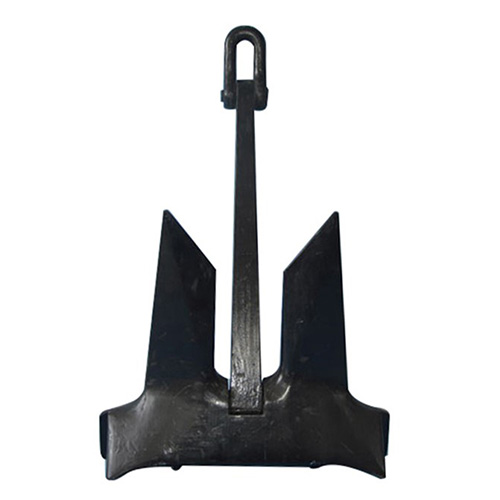 | – With a wide anchor crown, thick long caudal fin and longitudinal ribs. – 25% lighter than traditional stockless anchors. | – Suitable for all kinds of seabed (mud, soil, sand, sandstone, etc.) – Ideal for securing boats in place rather than dragging along the seabed. |
| Delta Anchor | 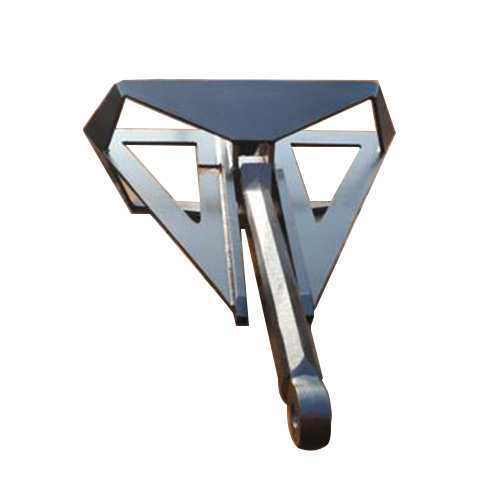 | – Combines elements of Plow and Danforth designs. – Features a hinged shank for quick setting and high holding power. | – Suitable for all bottom types, offering quick setting and reliable holding power. – Versatile anchor suitable for a wide range of maritime conditions. |
What Factors to Consider When Choosing A HHP Anchor?
Selecting the appropriate HHP anchor involves careful consideration of various factors to ensure optimal performance and reliability. This guide outlines key factors to contemplate when choosing an HHP anchor, addressing the unique requirements posed by different boat sizes, seabed conditions, holding power needs, ease of use, environmental considerations, and cost considerations.
1. Boat Size and Type
Small Boats vs. Large Vessels:
The size of the boat directly influences the anchor’s holding power requirements. Smaller boats may demand lighter anchors, while larger vessels necessitate anchors with substantial holding capacities.
2. Soft Mud:
Choosing an anchor with effective fluke designs becomes crucial for penetrating and holding in soft mud conditions. Flukes with a wider design can offer better grip in muddy bottoms.
Hard Sand:
Anchors with strong penetrating abilities are essential for hard sand bottoms. Consider anchors with a plow-like design or sharp, pointed tips for optimal performance.
Rocky Seabed:
Robust anchor construction is necessary to withstand rocky seabeds. Anchors with reinforced flukes or claw-like shapes may provide better resistance against rocks.
3. Holding Power
Holding Power Requirements:
Assess the holding power needed based on boat size and potential wind and current conditions. Consider anchor weight and design for optimal holding power.
Holding Power in Different Bottom Types:
Ensure the anchor’s design suits various bottom types to maintain consistent holding power. Anchors with adjustable fluke angles or multi-fluke designs may perform well in different conditions.
4. Ease of Use
Retrieval and Deployment:
Opt for anchors that are easy to deploy and retrieve, especially for frequent anchoring. Features like quick-setting designs contribute to efficient anchoring.
Compatibility with Windlasses:
Ensure the chosen anchor is compatible with your boat’s windlass system, if applicable. Some anchors are designed for seamless integration with windlass equipment.
5. Corrosion Resistance:
Select materials with high corrosion resistance, such as stainless steel or galvanized steel, for durability in saltwater environments.
Impact on Marine Life:
Consider environmentally friendly anchors to minimize impact on marine ecosystems. Mushroom anchors, which are less likely to drag, can reduce disruption to underwater habitats.
Environmental Regulations Compliance:
Ensure the selected anchor complies with local environmental regulations to avoid legal issues and contribute to the protection of marine ecosystems.
6. Cost Considerations
Initial Costs:
Consider the initial investment required for the anchor. Balance cost with performance and durability.
Long-Term Maintenance:
Evaluate maintenance requirements and associated costs over the anchor’s lifespan. High-quality, durable anchors may have lower long-term maintenance costs.
Return on Investment:
Assess the overall value of the anchor in terms of performance, longevity, and its impact on the safety of your vessel. Consider how the anchor contributes to the overall return on investment for your boating activities.
In conclusion, a thorough understanding of these factors ensures a well-informed decision when selecting a High Holding Power anchor, ultimately enhancing the safety and security of your maritime adventures.
Anchor Rode Material for HHP Anchors:
Choosing the right anchor rode material is crucial for ensuring the effectiveness of High Holding Power (HHP) anchors. The anchor rode consists of both the anchor rope (usually nylon) and the anchor chain. Here are key considerations for the anchor rode material:
Nylon Anchor Rope:
- Stretch and Shock Absorption: Nylon is a popular choice for anchor lines due to its ability to stretch. This stretch helps absorb shock loads, reducing the strain on the anchor and boat during sudden movements or changes in wind and current.
- Buoyancy: Nylon is buoyant, which is advantageous for reducing the chance of the anchor line sinking and getting entangled with the anchor.
- Elasticity: The elasticity of nylon allows it to conform to the contours of the seabed, providing better contact and holding power.
Galvanized Steel Anchor Chain:
- Weight and Stability: A section of galvanized steel chain is often used between the anchor and the nylon anchor line. The weight of the chain helps to keep the anchor lying flat on the seabed, improving its holding power.
- Abrasion Resistance: Steel chain provides abrasion resistance against rough seabeds, rocks, and other potential hazards, increasing the overall durability of the anchor rode.
- Preventing Anchor Skip: The weight and catenary effect of the chain also help prevent the anchor from skipping along the seabed when subjected to sudden changes in wind or current.
Chain Length Recommendations for HHP Anchors:
Determining the appropriate length of anchor chain for HHP anchors is essential for optimizing holding power. General recommendations include:
Scope Ratio:
The scope ratio is the ratio of the length of anchor rode (including both the chain and the nylon line) to the water depth. A commonly recommended scope ratio is 5:1 to 7:1, meaning the total length of the anchor rode should be five to seven times the depth of the water.
Heavy Weather Considerations:
In heavy weather conditions, increasing the scope ratio to 7:1 or even 10:1 can enhance the anchor’s holding power. This longer scope allows the anchor to set more deeply into the seabed.
Chain Length:
A general guideline is to have a minimum of 20-30 feet (6-9 meters) of galvanized steel chain. This length ensures the anchor remains in a horizontal position on the seabed, optimizing its ability to dig in and hold.
Conclusion
As seafarers embark on their maritime journeys, the importance of choosing the right High Holding Power (HHP) anchor becomes paramount for the safety and stability of their vessels.
Armed with an understanding of boat size, seabed conditions, holding power requirements, ease of use considerations, environmental factors, and cost considerations, mariners are empowered to make informed decisions. The selection process involves a delicate balance between various elements, where the right anchor becomes not just a tool but a reliable companion in the open waters.
In conclusion, the seas hold endless possibilities and challenges, and the choice of an HHP anchor is a crucial step toward a seafaring adventure marked by safety, stability, and peace of mind. May fair winds and safe harbors accompany those who embark on the maritime journey, equipped with the knowledge to choose the right HHP anchor for their vessel.

